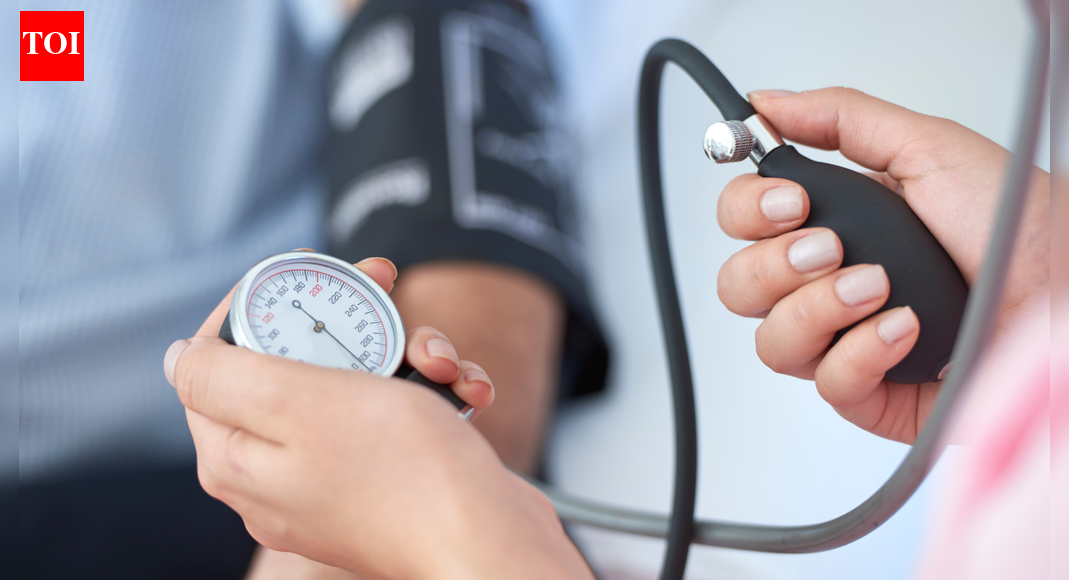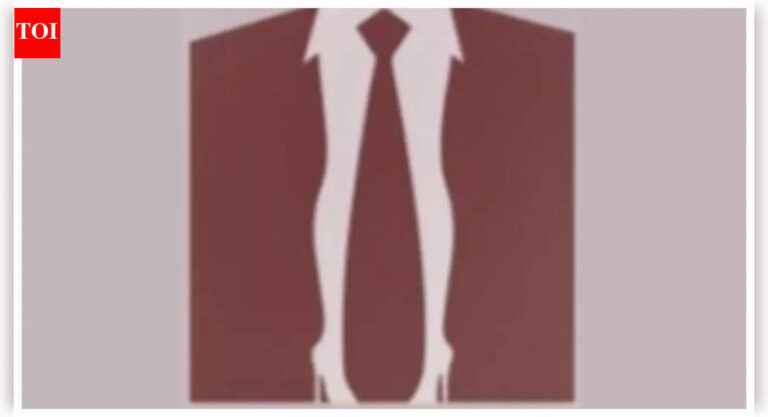
Many people experience a brief wave of dizziness or dimmed vision when they stand up, and you may have felt it yourself after getting out of bed too quickly or rising suddenly after sitting for a long time. This momentary drop in blood pressure is called orthostatic hypotension. It happens when the body struggles to keep enough blood flowing to the brain during postural change. Although the sensation often lasts only a few seconds, it can reveal important information about how your heart, blood vessels and nervous system respond to everyday demands. Understanding why this happens, what affects it, and when it may signal an underlying issue can help you recognise changes in your circulatory health and take steps to reduce discomfort or risk.
Why standing up affects blood pressure and how it affects your body
Orthostatic hypotension refers to a fall in blood pressure that occurs when you stand upright. When you rise to your feet, gravity pulls blood towards your legs and abdomen, reducing the amount returning to your heart. This leads to a temporary drop in the blood your heart can pump out to the rest of your body.In a healthy response, several systems work together to correct this:Normal body mechanisms involved include:
- Baroreceptors, pressure-sensitive sensors in the carotid arteries and aorta that detect sudden drops in blood pressure
- Autonomic nervous system responses, which tighten blood vessels and increase heart rate
- Skeletal muscle contractions in the legs, which help push blood back toward the heart
- Venous valves, which prevent blood from flowing backward
When these mechanisms react quickly, you barely notice the pressure change. But if any part of this process becomes slower or less efficient, blood supply to the brain dips for a moment, leading to symptoms such as dizziness, blurred vision or light-headedness. In some cases, this imbalance may last longer and can affect your safety, especially if you begin walking before the pressure fully stabilises.
Causes of blood pressure drops when standing up
According to a clinical study published in JAMA, delays or impairments in autonomic reflexes increase the likelihood and severity of orthostatic drops. This study showed that individuals with reduced baroreceptor sensitivity or slower vascular responses experienced greater falls in blood pressure after standing.Several factors can disrupt the body’s ability to regulate blood pressure during postural change:Common physiological and lifestyle-related causes
- Dehydration, which reduces overall blood volume and slows circulation
- Prolonged sitting or bed rest, causing reduced muscle support for venous return
- Fatigue or poor sleep, affecting the autonomic nervous system
- Skipping meals, which lowers blood sugar and weakens blood pressure stability
Medical or age-related causes
- Ageing, which naturally reduces baroreceptor sensitivity and vascular elasticity
- Medications, especially those used for blood pressure, depression or Parkinson’s disease
- Anaemia, which lowers oxygen delivery to the brain
- Diabetes, which can damage autonomic nerves
- Heart conditions, reducing pump efficiency
As the JAMA study noted, age-related changes are especially influential. Many older adults experience greater delays in pressure stabilisation, which explains why they often pause before beginning to walk after standing up.
Signs and symptoms of orthostatic hypotension
Symptoms can appear seconds after standing, and they vary from mild to more intense depending on how much blood pressure drops. Common signs include:
- Dizziness or a feeling that the room is tilting
- Blurred or fading vision
- Light-headedness
- Weakness in the legs
- Nausea
- Feeling unusually warm or sweaty
- Difficulty concentrating
- Brief loss of consciousness in severe cases
You might notice that symptoms occur more often when you are tired, dehydrated, or getting up quickly. Even if they pass quickly, frequent episodes should not be ignored.
Potential risks and complications
Most short episodes are harmless, but persistent or severe orthostatic hypotension can lead to complications, especially if blood pressure takes longer to stabilise.Possible risks include:
- Falls and injuries, particularly in older adults or those with balance issues
- Reduced cognitive clarity during prolonged episodes
- Increased heart strain, as the heart works harder to compensate
- Fatigue, due to repeated circulatory effort
- Underlying conditions going unnoticed, such as cardiac or autonomic disorders
In some individuals, frequent drops in blood pressure may indicate deeper problems with the cardiovascular or nervous system. Early evaluation helps detect conditions like autonomic neuropathy, adrenal insufficiency or certain types of heart disease.
Diagnosis and tests for low blood pressure upon standing
Healthcare professionals use several approaches to assess orthostatic hypotension:
- Blood pressure and heart rate measurements taken while lying down, sitting and standing
- Tilt-table testing, which evaluates how the body responds to controlled postural change
- Blood tests, checking for anaemia, dehydration or hormonal imbalance
- ECG or echocardiogram, assessing heart function
- Neurological evaluation, if autonomic dysfunction is suspected
Being honest about your symptoms, how often they occur and what conditions they follow helps clinicians make a more accurate diagnosis.
What you can do if you experience frequent dizziness when standing
If you or someone you know experiences repeated blood pressure drops when standing, you can take steps to reduce symptoms and prevent complications.Helpful actions include:
- Drinking enough water throughout the day
- Standing up gradually, especially after lying down
- Tightening your calf muscles before getting up
- Avoiding skipping meals
- Discussing medication side effects with a healthcare professional
- Wearing compression stockings if advised by a doctor
- Incorporating regular physical activity to strengthen leg muscles
If symptoms worsen, occur daily or lead to fainting or falls, seeking medical help is essential.Disclaimer: This article is for informational purposes only and should not be considered medical advice. Please consult a healthcare professional before making any changes to your diet, medication, or lifestyle.Also Read | Why you should chew cardamom after meals: Simple benefits for digestion, breath, and metabolism








